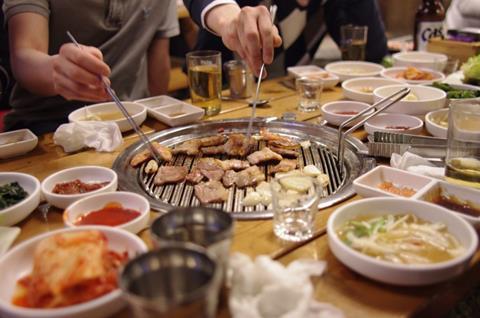A report from Rabobank food & agribusiness has predicted the Chinese animal protein market will continue to grow, but growth will be driven by value rather than volume.
The report explains the sheer size of China’s consumer base and its rising middle class, in which it suggests that its animal protein market will continue to be strong, with many growth opportunities.

Rabobank forecasts that, in the coming years, the average animal protein consumption growth will markedly slow down.
Changes in today’s society are said to have a huge impact on Chinese consumer behaviour.
Three changes are said to be most relevant: demographics, trading up or down, and new retail and foodservice channels.
With all of the changes in the consumer market, the report sees three dimensions of change that will take place in animal protein consumption: where the products are consumed, what product attributes are preferred, and how these products are eaten.
“While China’s population is expected to peak soon, the demographic dividend will continue to drive value growth in the meat market,” according to senior animal protein analyst Chenjun Pan.
“To capitalise, meat companies need a regionalisation strategy. They will see greater growth opportunities by expanding into ‘new tier-one’ cities and surrounding areas, where the population is younger.”
Given the three dimensions of change above, the report predicts that volume-driven companies will run into the threat of their traditional markets shrinking.
In combination with maintaining market share in the traditional market, the report also suggests that animal protein companies need to look into new concepts in retail and foodservice.
In Rabobank’s view, traditional products – such as frozen meat, hot (just slaughtered) fresh meat, and cooked meat products sold in traditional agriculture markets – will likely see a decline, while branded chilled meats in small packages, meat-based snack food, freshly cooked convenience food, and meal kits will see strong growth.
The report concludes that frozen convenience food and Chinese-style/western-style meat products may need to broaden their marketing focus, away from tier-one and tier-two cities to lower-tier cities and rural areas.
This story was originally published on a previous version of the Meat Management website and so there may be some missing images and formatting issues.















